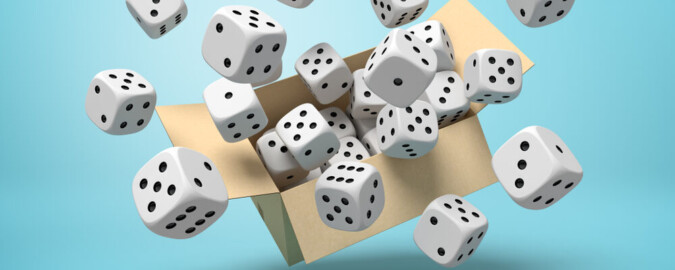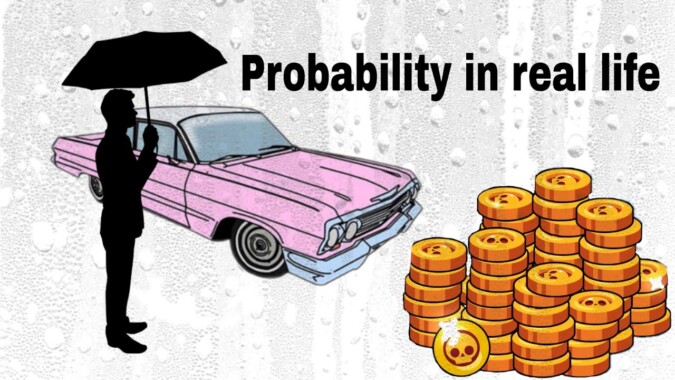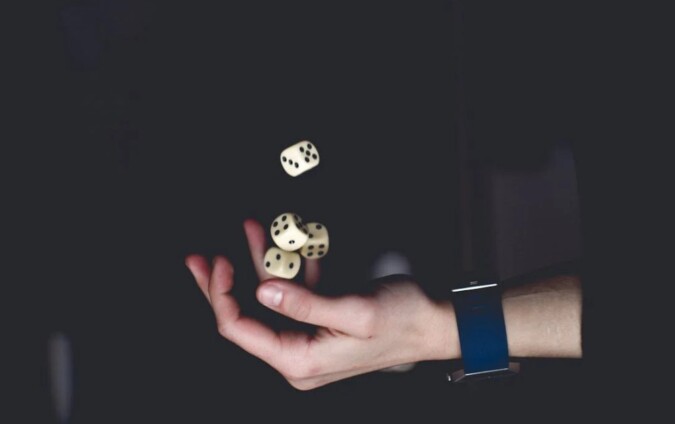Probability is everywhere, shaping our decisions in ways we may not even realise. From predicting the weather to assessing risk in business and investing, the science of probability plays a pivotal role in our daily lives. While it may seem abstract or technical, probability has real-world applications in decision-making and influences how we engage with games, finance, and even personal choices.
Here, we’ll explore how odds work and influence outcomes and examine how we interact with games of chance.
What is Probability?
At its core, probability measures the likelihood of an event happening. Expressed as a number between 0 (impossible) and 1 (certain), it helps us quantify uncertainty. The higher the probability, the more likely an event is to occur.
For example, the probability of flipping a fair coin and getting heads is 50% or 0.5. This basic concept can be applied across many fields, from predicting stock prices to deciding which restaurant to go to on a Friday night.
How Probability Affects Decision-Making
Humans make decisions based on probabilities every day, often without thinking about it consciously. Whether choosing an investment or deciding which team will win the game, we’re constantly weighing the odds in favour of different outcomes. Here’s where things get interesting: our understanding of probability is not always rational.
Cognitive Biases in Probability:
Studies show that people often make irrational decisions when faced with uncertainty. One well-known bias is the “gambler’s fallacy,” where individuals mistakenly believe past outcomes affect future events. For instance, if a roulette wheel has landed on red several times in a row, a player might feel that black is “due,” even though each spin is independent.
The Role of Probability in Games of Chance

One of the most straightforward ways to witness probability in action is through games of chance, where the odds are explicitly calculated and presented.
Games like roulette, dice rolls, and lottery draws are based on probability. Let’s take a closer look at roulette, one of the most iconic games in the world of chance.
Roulette is a game of random outcomes, where a small ball is spun around a wheel, landing on one of 37 (European) or 38 (American) numbered slots. The odds of landing on any specific number in European roulette are 1 in 37, or roughly 2.7%. In American roulette, with its extra double-zero, the odds increase slightly to 1 in 38, or about 2.6%.
Despite these odds, players are drawn to the unpredictability of the game. The top roulette games feature variations in the rules, bets, and payouts, but all share the fundamental aspect of chance.
Understanding the odds in these games can help players make more informed decisions. For example, the house edge in European roulette is 2.7%, compared to 5.26% in American roulette, making the former a better choice for those seeking to minimise risk.
Real-World Applications of Probability
Beyond games, probability is also integral to various industries. Let’s explore some statistics that highlight its importance:
- Insurance Industry:
Insurance companies rely heavily on probability to set premiums and determine risks. By analysing historical data, they estimate the likelihood of certain events (like car accidents or health issues) and calculate the premiums needed to cover those risks. For instance, in the U.S., the average cost of car insurance is about $1,000 per year, but this cost varies based on factors like age, driving history, and location, factors derived from statistical probability. - Stock Market:
Investors use probability to assess the likelihood of stock movements. Historical data, trends, and financial indicators provide a framework to predict future stock behaviour. Some stock analysts and quantitative traders use algorithms based on complex probability models to predict market movements. - Weather Forecasting:
Probability is also central to meteorology. When you hear that there’s a 30% chance of rain tomorrow, that’s a probability forecast. Meteorologists use vast amounts of data, including satellite imagery and historical weather patterns, to predict weather outcomes. A 2021 study by the National Weather Service showed that short-term weather predictions have an accuracy of around 85-90% within a 24-hour forecast window, illustrating the increasing power of probability-based models.
Probability in Everyday Life

Beyond high-stakes environments like casinos or financial markets, probability subtly shapes many ordinary decisions. Consider online shopping—retailers use probability models that factor in logistics data, traffic patterns, and regional trends when estimating delivery times. Even dating apps rely on probabilistic algorithms to match users based on compatibility scores derived from personal preferences and behavioural patterns.
Probability in Healthcare
In the medical field, probability is foundational to diagnostics and treatment planning. Doctors often assess the likelihood of a diagnosis based on symptom patterns, patient history, and statistical data. For example, the probability of certain genetic conditions being passed on can inform family planning or preventive treatment decisions.
Clinical trials, too, depend on probabilistic analysis to determine the efficacy and safety of new drugs, using concepts like confidence intervals and p-values to guide medical recommendations.
Learning to Think in Probabilities
One of the most valuable skills individuals can develop is probabilistic thinking—making decisions based on likelihoods rather than certainties. This mindset helps temper overconfidence and improves risk management in both personal and professional contexts.
Whether planning a vacation, negotiating a contract, or choosing a health plan, understanding probabilities empowers us to weigh outcomes more effectively and prepare for multiple scenarios.
Embracing Uncertainty
Whether we’re analysing a roulette wheel or making a significant investment decision, understanding the science of probability helps us navigate uncertainty. The odds may not always be in our favour, but we can make more informed, rational decisions by learning how to calculate and interpret them.

